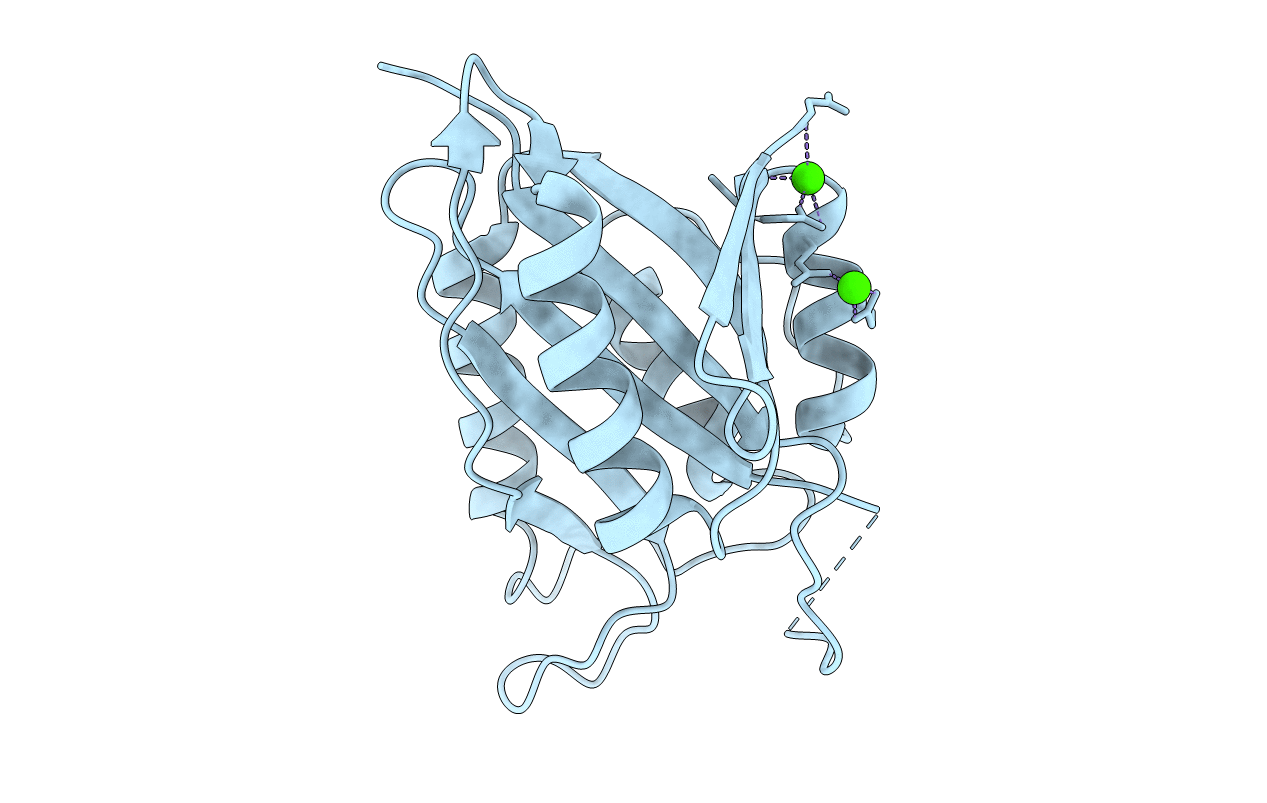
Deposition Date
2019-12-13
Release Date
2020-01-15
Last Version Date
2024-11-20
Entry Detail
PDB ID:
6V98
Keywords:
Title:
Crystal structure of Type VI secretion system effector, TseH (VCA0285)
Biological Source:
Source Organism:
Vibrio cholerae (Taxon ID: 666)
Host Organism:
Method Details:
Experimental Method:
Resolution:
1.80 Å
R-Value Free:
0.21
R-Value Work:
0.17
R-Value Observed:
0.17
Space Group:
P 21 21 21


